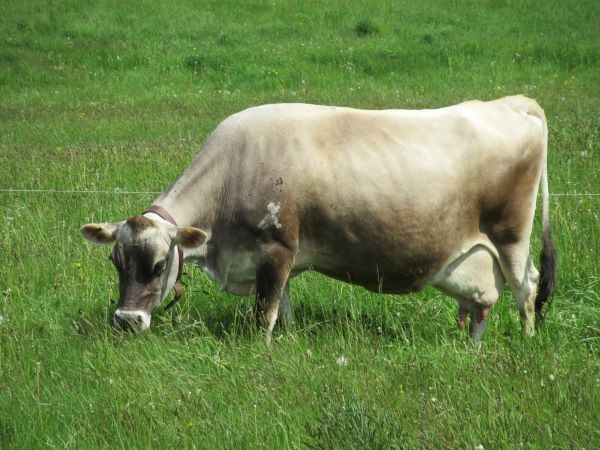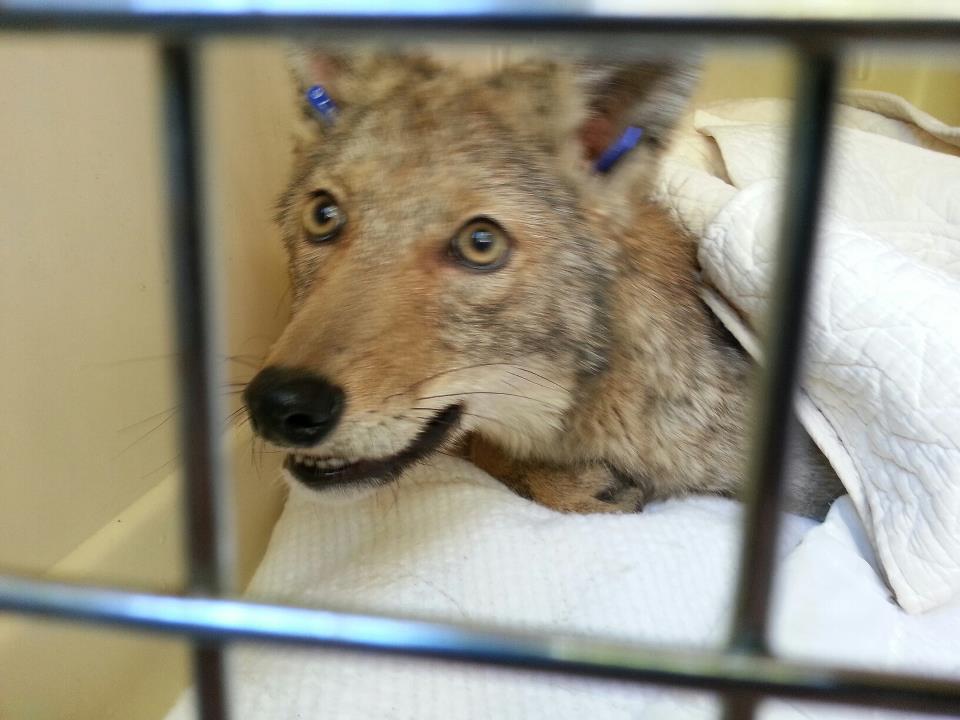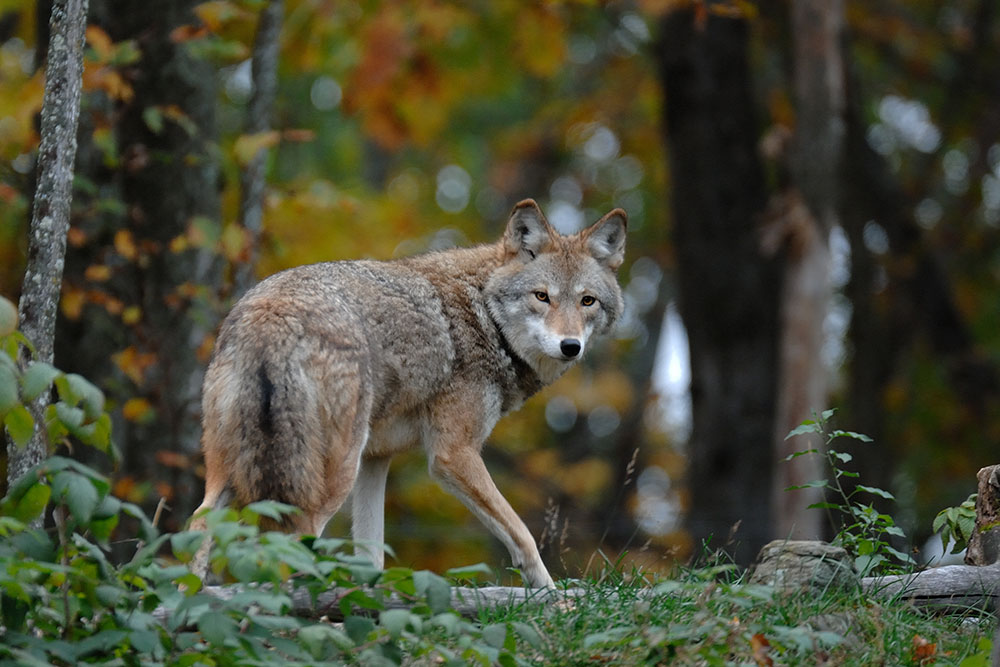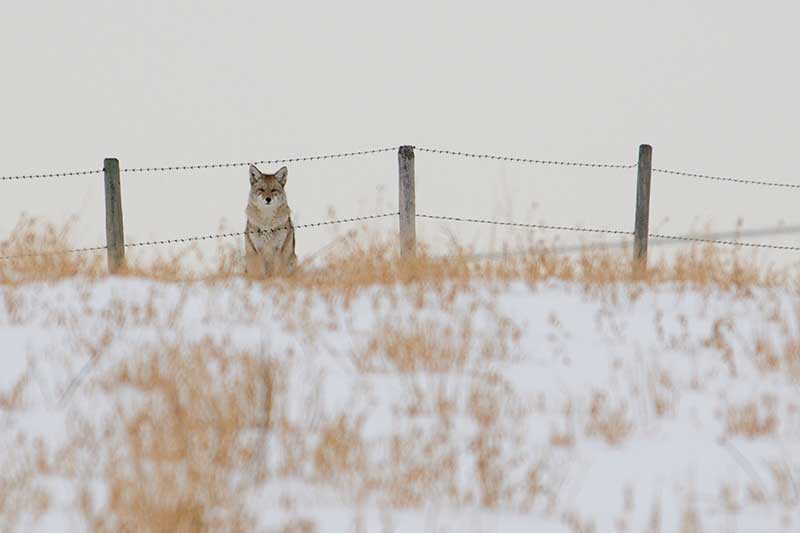
Winter Rodent Patrol on the Farm
Photo by: Forest Hart
What changes a predator’s relationship with your farm? Relationships are two-sided, and human behavior has much to do with our relationships with predators. Here are two real life stories about just that.
This summer two different farmers here in Maine approached me regarding concerns for the safety of their chickens. And both their concerns were about mesopredator release, but they didn’t fully realize it at the time.
So what is mesopredator release? Let me tell you their real life stories, and it will become very clear.
The first farm is surrounded by forest, and on one side of her land she hears coyotes howling from quite a distance away, but never sees them. On the other side of her farm, a neighbor from out of state, who comes to his land from time to time, has made it a point to kill the coyotes that live in and around his land. In between these two coyote territories (each one on different sides of the farmer’s property) it appears that a fox has established their territory.
This farmer has never had issues with the coyotes, but she has with the fox. And this year, the fox is near wiping out her chickens.
But why is this year such a devastating year for her? Well the answer is: The neighbor next store killed all members of the coyote family that live on one side of her farm, with the exception of the female that had just given birth a few weeks before. The female was alone, trying to feed herself and her pups…something unheard of in coyote social life. The mother is always supported by the rest of the family and would never be forced to hunt at this time. The farmer saw her once, and never again. So it appears that she and her pups were killed as well.
Did the fox know this? You bet the vixen did! As long as the coyote family is there, she would tread lightly, not showing herself in their territory. Now she knew she had free reign, so she hunted what her mother taught her to hunt…chickens.
As long as the coyotes are present, the fox’s behavior is controlled, but when the coyote ceases to be there, then the mesopredator (the fox) is “released.” So when humans kill predators, they disrupt the very complex ordered system that nature has created for tens of thousands of years.
Why does the fox always seem to be connected with the “hen house?” A bit of history helps us to understand this. Here in the East, our wolves and cougars were killed, with none remaining by the end of the 19th century. But that never happened to the fox. If a fox was caught stealing chickens, it was shot. That did not teach that fox anything. But the foxes that remained alive continued to raid the hen house with ease, because farmers at that time did not in any way protect their chickens from predation. And so from generation to generation, the vixens have taught their kits what to eat and where to find it….chickens in the hen house. With coyotes present, the fox will be forced to hunt their wild prey once more.
The second farmer shared with me that the foxes think nothing of coming right into their open barn and walking off with her chickens. She told me that this year especially, all the farmers are losing many of their chickens to the fox, and it has not been this way before. Why? An individual in their neighborhood shot what she described as most probably the coyote father of his family. Mesopredator release!



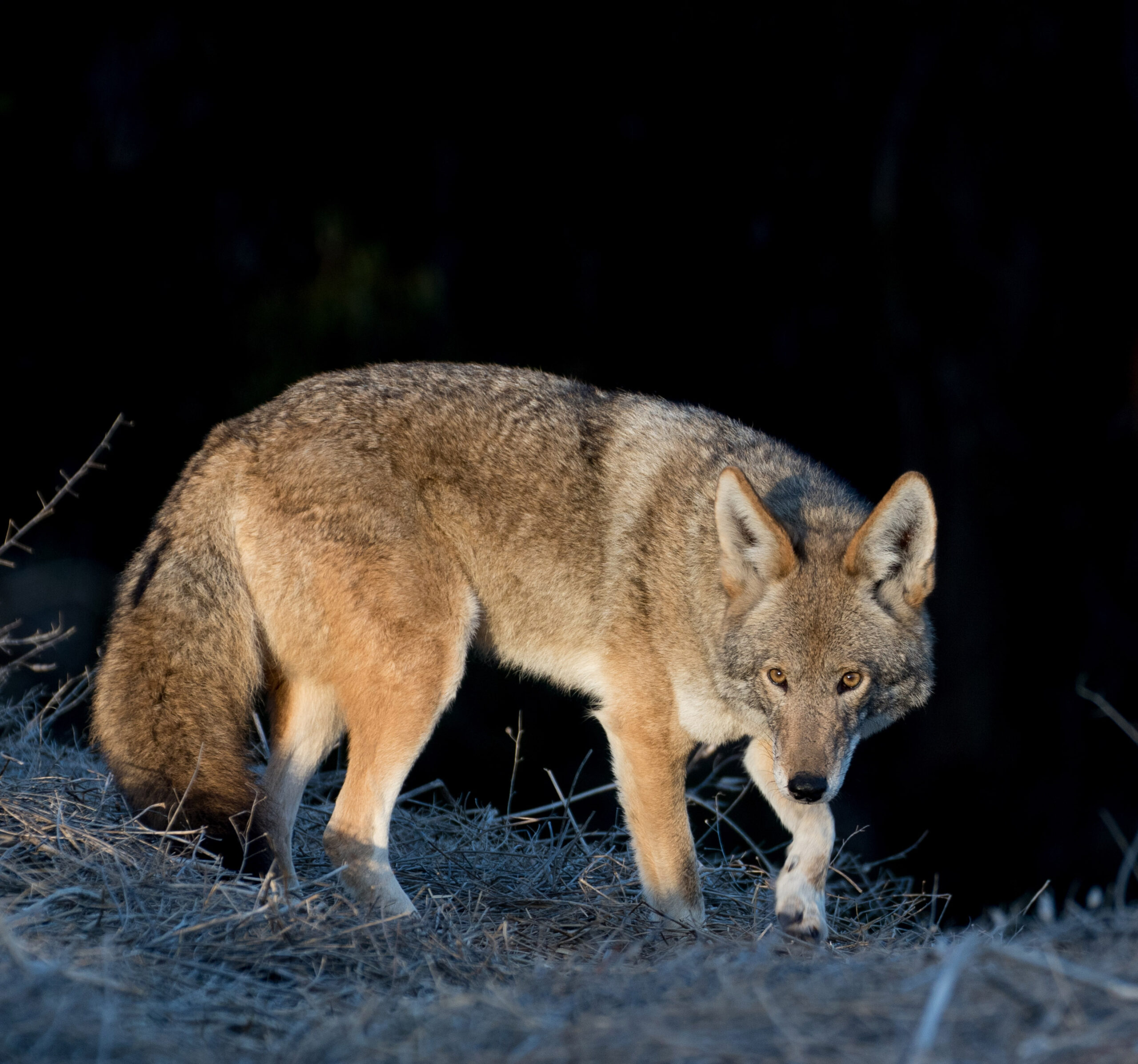

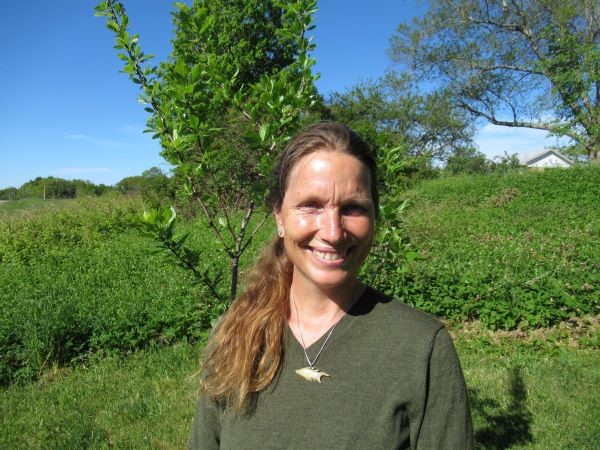 Laura Grady (Ed Robinson photo)
Laura Grady (Ed Robinson photo)